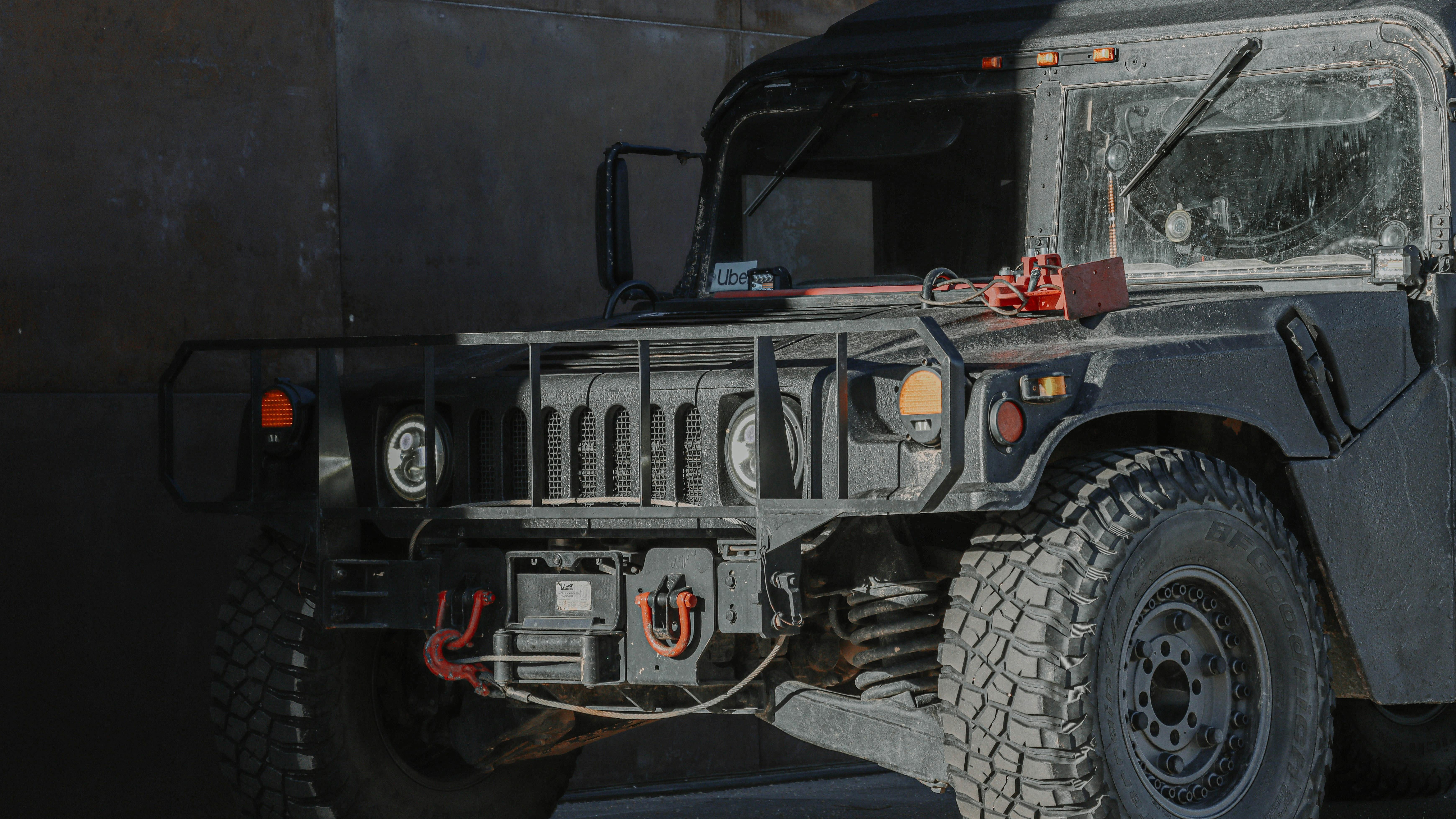
The Evolution of Military Vehicles: From Humvees to Advanced Platforms
The recent $126.5 million contract modification awarded to AM General for the production of the M1165A1B3 High Mobility Multipurpose Wheeled Vehicle (HMMWV), commonly referred to as the Humvee, marks a significant moment in military transportation history. With approximately 120,000 Humvees currently in operation, this iconic vehicle has served the U.S. military for 40 years, adapted to various roles, and has remained a reliable option. Yet, despite this legacy, the military is proactively looking toward a future that embraces more modern, cost-effective alternatives.
Why the Military is Seeking New Solutions
Introduced in 1985, the Humvee was designed to replace the classic Jeep, offering versatility across numerous military functions—from troop transport to weapons support. While it remains a crucial part of the military’s logistics, evolving combat scenarios and newly emerging threats necessitate a change. The Army’s new Joint Light Tactical Vehicle (JLTV) symbolizes this shift, featuring better mobility, payload capacity, and survivability that the Humvee simply cannot compete with.
Scaling Back: The Infantry Squad Vehicle
The Infantry Squad Vehicle (ISV), which is based on the Chevrolet Colorado Z42 chassis, further redefines military vehicle design. By prioritizing speed and simplicity over heavy armor, the ISV provides a unique complement to the existing fleet, allowing soldiers to be deployed more quickly to where they are needed. This move away from the armored models signals an adaptability to the current demands of warfare.
Redirecting Resources for Military Readiness
The Army's decision to explore off-the-shelf solutions like the ISV and JLTV is also financial. By investing in platforms that can be produced more swiftly and cost-effectively, the military can allocate resources to other critical areas, including personnel training and modernization efforts. This strategy allows for enhanced military readiness without the exorbitant costs traditionally associated with bespoke military contracts.
Supporting Military Families During Transitions
For active duty service members and their families, the shift in military vehicle procurement resonates deeper than just logistics; it reflects a broader theme of transition and adaptation. As military families face new operational realities, understanding these shifts can help them navigate their own changes—whether it’s easing into civilian life after service or adjusting to newfound responsibilities as they support their service members.
Real-World Implications: How This Affects You
As military families intertwine their lives with the military’s operational needs, staying informed on these developments is vital. Understanding the transitions from traditional Humvees to contemporary options like the JLTV and ISV can help civilian leaders appreciate the challenges and advancements facing returning veterans. Moreover, knowing about job programs and certifications available through platforms like AristaHire can empower military spouses to secure their careers as their partners transition back to civilian life.
Embracing these changes can encourage deeper connections among military families and the broader community, fostering resilience and support as they adjust to a shifting military landscape.
Conclusion: The Future of Military Vehicles
The evolution from Humvees to more adaptable systems like the JLTV and ISV illustrates a pivotal moment in military operations. As we consider the implications of these changes, it’s essential to recognize the roles that modern technologies and flexible strategies play in enhancing military readiness and family support. Just as the military adapts, so too must families and communities to thrive in ever-changing environments.
As military families navigate these transformations, engage with organizations such as AristaHire to explore career opportunities, gain certifications, and build support systems that reflect the robustness of military life. Together, we can honor the service, adapt to change, and ensure a brighter future for our military heroes and their families.
 Add Row
Add Row  Add
Add 




Write A Comment